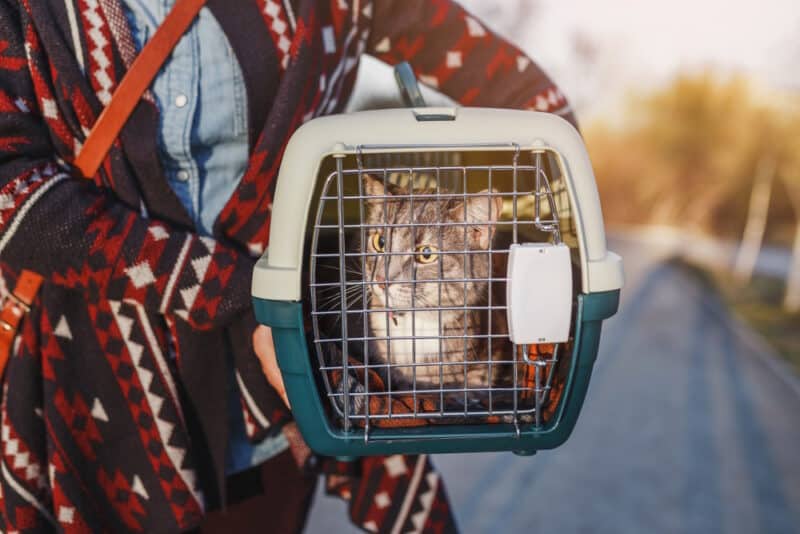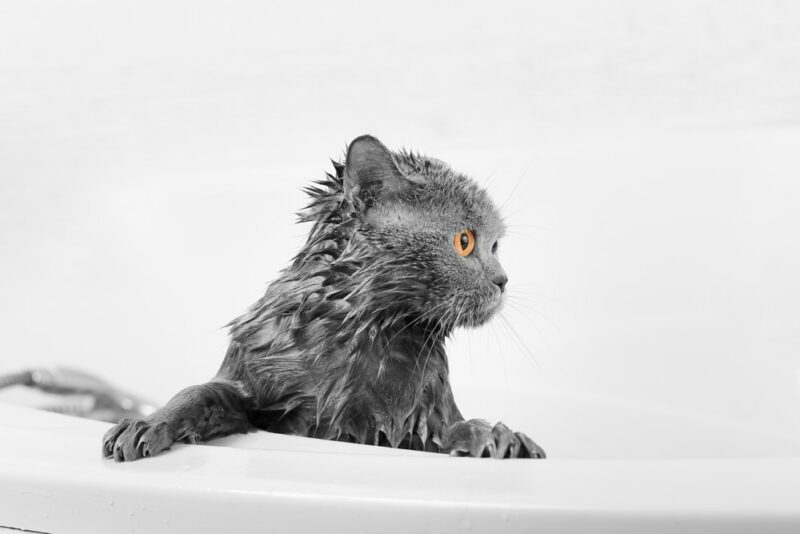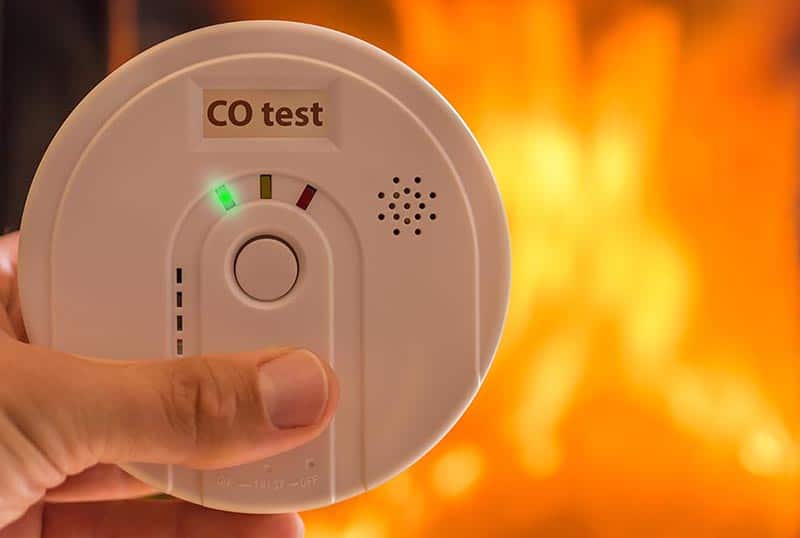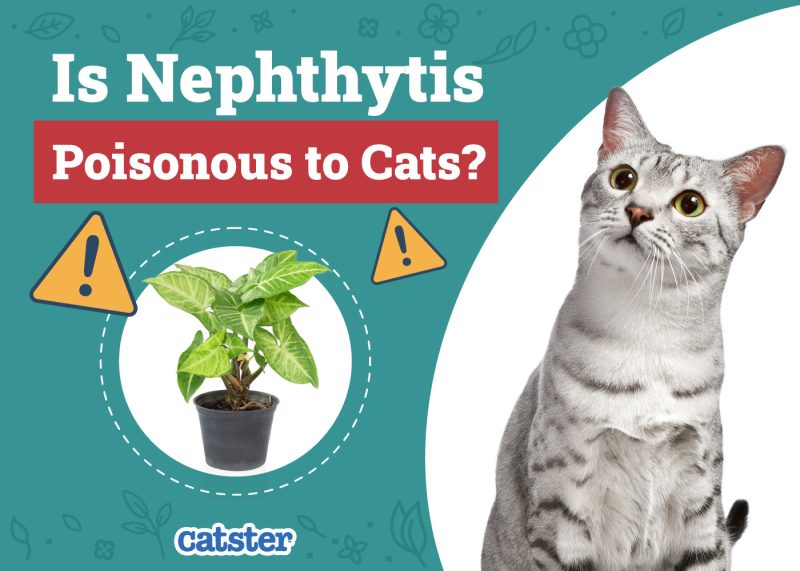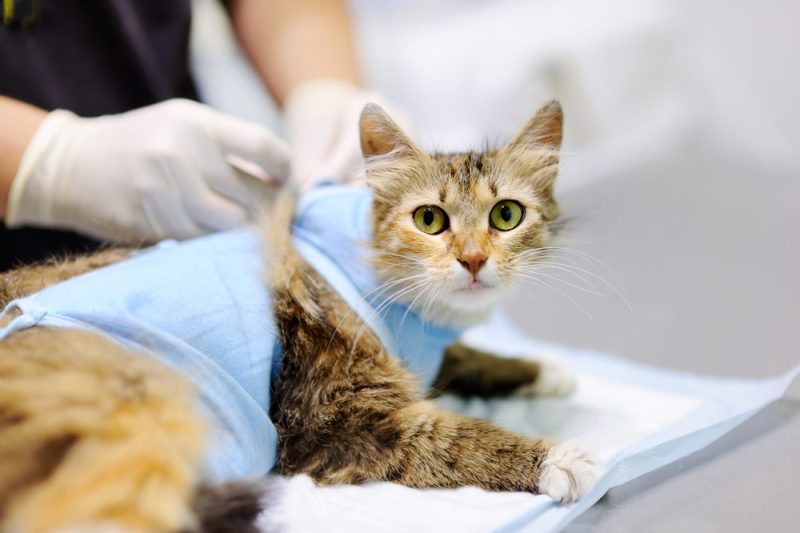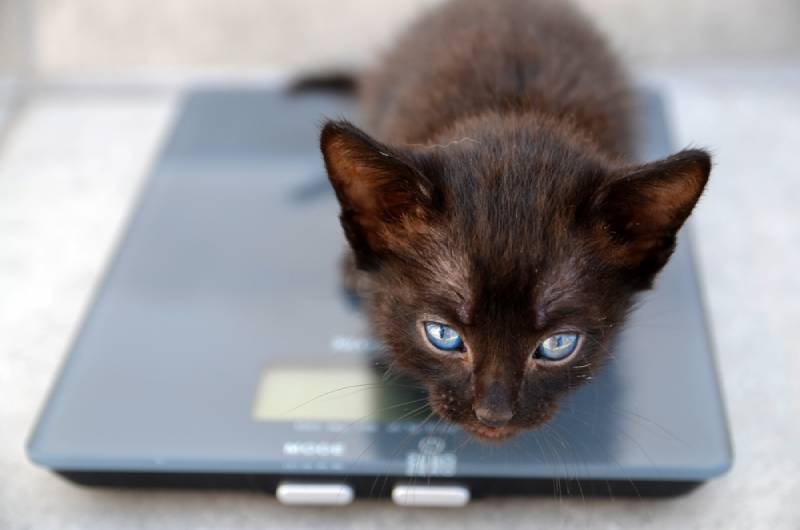In this article
Throughout recorded history, countless pets and animals have been lost to the unfathomable forces that are natural disasters. From hurricanes savaging the South to cyclones trawling Tornado Alley, the best we can hope for today is to keep our precious pets safe with us. That’s where National Pet Preparedness Month comes in. So, mark every June on your calendar for a rethinking and overhaul of your family’s emergency plan.

About National Pet Preparedness Month
How did this safety-focused holiday month come about? In 2003, the US government founded a program simply called Ready to raise awareness about how to protect your pets when the unthinkable happens and your home is in the path of a natural disaster. They partnered with the Red Cross, ASPCA, the Humane Society, and even beer company Anheuser-Busch with the goal of spreading as much awareness as possible so people can make the most educated decisions on how to best protect their pets. National Pet Preparedness Month sprung out of this powerful alliance, and we still celebrate it every June.
According to an ASPCA survey from 20211, 83% of pet owners live in an area affected by natural disasters, but less than half have an emergency plan in place! The same survey found that one in five families had been forced to evacuate during a disaster and almost half left a pet behind in the chaos. With estimates stating evacuees didn’t return home for days to 2 weeks, the outcome for the pets left behind is grim.
That’s why National Preparedness Month is so vital for all pet parents out there. Even if you think you won’t be affected by a disaster, it never hurts to be prepared and could save lives. Let’s dig into some ways you can celebrate this month every June as well as invaluable tips on updating your family’s emergency kit with your favorite four-legged pet in mind.
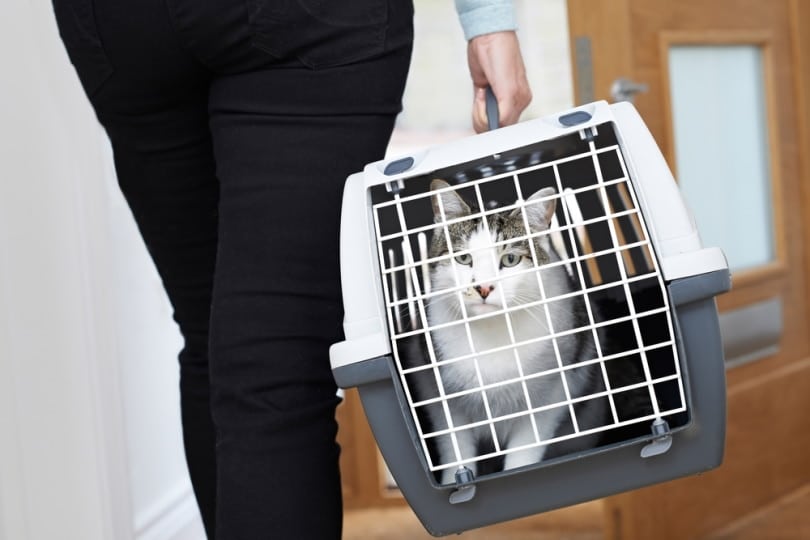
How to Celebrate National Pet Preparedness Month
It’s not the most fun-filled occasion, but we really can’t emphasize the importance of National Pet Preparedness Month enough. Considering those stats above, it makes it even more important that you celebrate this month wisely by raising awareness among pet parents who may not be as prepared as you are.
Ways to Celebrate National Pet Preparedness Month:
- Talk to pet owners you know about the importance of having an emergency plan, particularly if you live in a disaster-prone region.
- Update your emergency supplies with fresh, unexpired items annually, and make sure your current supplies aren’t damaged.
- Tag your June social media pet posts with the #PetPreparednessMonth hashtag to spread awareness about the month.
- Find pet-friendly shelters near you, confirm their policies, and share these locations with fellow pet owners to ensure no pet gets left behind during future disasters.
- Consider investing in pet insurance to further protect your pet from harm that may occur during or after disasters.
- If possible, after a disaster, volunteer some of your time to animal rescue shelters that may be struggling.

Take the Chance to Update Your Pet Emergency Plan (Or Make One!)
Many people rarely think about their emergency plan until it’s too late—don’t be one of those people. If you have an emergency plan but haven’t updated it since you’ve adopted a pet, we urge you to do so in the spirit of National Pet Preparedness Month. Remember that the best way to protect your pet is through proactive preparedness! Let’s review what you should pack in your emergency kit and the essential rules you should be aware of as a pet owner facing potential disaster.

What to Include in Your Pet Emergency Plan:
- A gallon of water per member of your family per day, plus additional water per pet
- A week’s worth of perishable kibble, canned food, and/or wet food pouches. Refresh any perishable products every so often
- Collar with ID tag and your contact information in case you get separated from your pet
- A photocopy of your pet’s vaccinations, prescriptions, and veterinary records in a waterproof zippable bag
- A week’s worth of any medications your pet takes on a regular basis in case local refills aren’t available right after the disaster
- Spare leash, harness, and transport crate
- Human first-aid kit and pet first-aid kit
- Collapsible food and water bowls
- Grooming glove, if your pet is amenable to grooming
- Small bag with cat litter and portable-sized litter pan—use the litter sparingly in case of prolonged periods without access to stores
- Blanket for warmth
- A small toy or two per pet to help keep morale up
- A physical list of addresses where you can shelter with your pet—nearby shelters, out-of-state friends and family, etc.
- A physical list of major phone numbers you need to be able to reach—friends, family, colleagues, etc.
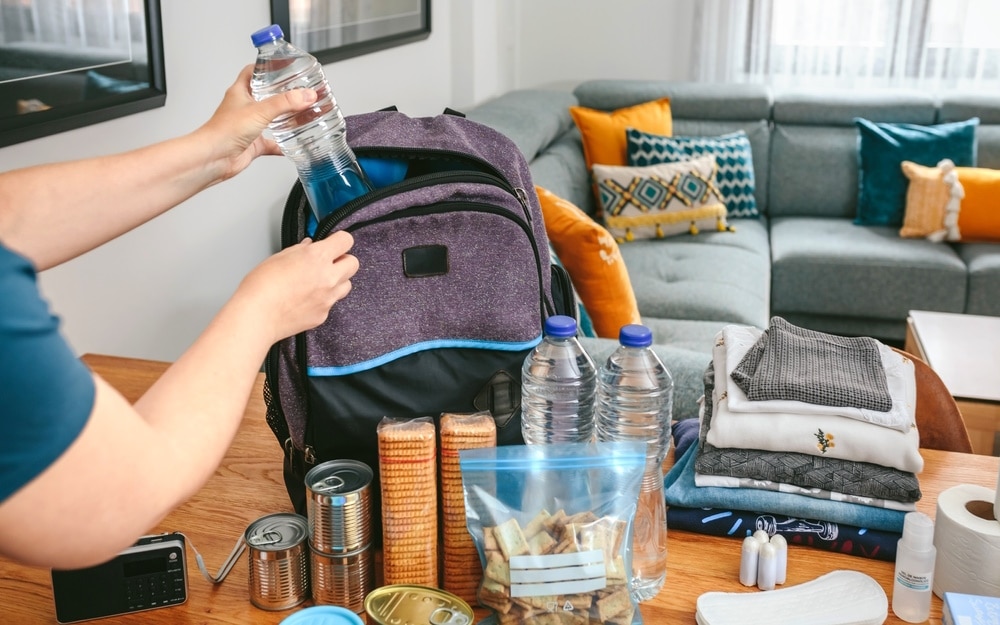
The unthinkable has happened and your home is in the path of a deadly hurricane or tornado—what do you do? You have your emergency plan, kit, and family ready to go, but you may still be a little lost on the finer points of how to calmly guide your loved ones to safety together. To help in this vein, we’ve put together some invaluable tips that might just help the next time you need to evacuate with your pet.
Essential Pet Owner Disaster-Related Tips:
- Maintain a cool, confident demeanor. Pets follow your lead and easily pick up on it when you’re nervous or afraid.
- During evacuations, keep your pet in their travel crate or on a leash at all times for everyone’s safety and peace of mind.
- Even if it’s just their crate, make sure your cat has a safe space to call their own during these trying times.
- Adhere to routines like mealtimes as closely as possible, safety permitting.
- Ensure evacuation routes are clear before leaving your home. You don’t want to get caught in a traffic jam and a hurricane at the same time, trust us.
- In the planning stages, begin working on training your pet to come when you call. This is especially critical if your area is low-lying or storm-prone.
- Never leave your pet behind if you evacuate, even if a neighbor, friend, or family promises to check on them.
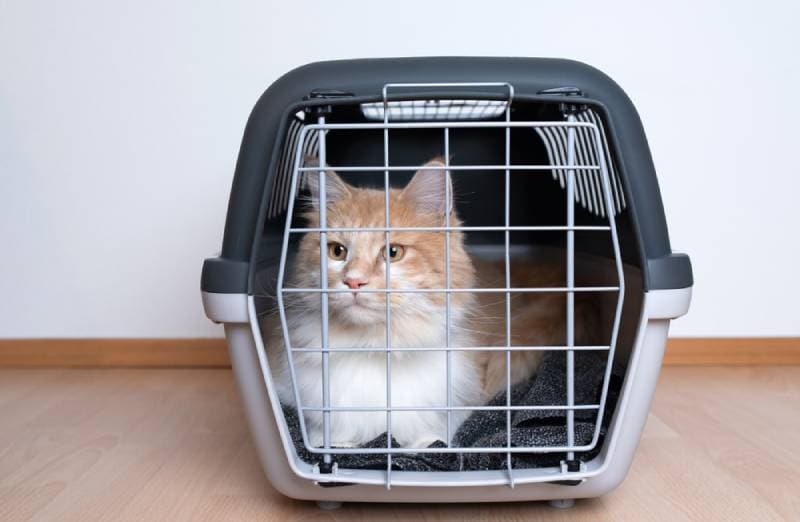

Conclusion
Every June is National Pet Preparedness Month, dedicated to helping pet owners like you protect their pets by raising awareness about disaster preparedness. Take some time this June to review your emergency plan, refresh your supplies, and help others keep their pets safe through the most trying times nature has to throw at us.
See also:
- What to Do With Cats After a Natural Disaster? 8 Vet Reviewed Tips After a Hurricane
- National Pet Travel Safety Day: When Is It & Useful Tips
Featured Image Credit: Image Credit: frantic00, Shutterstock
